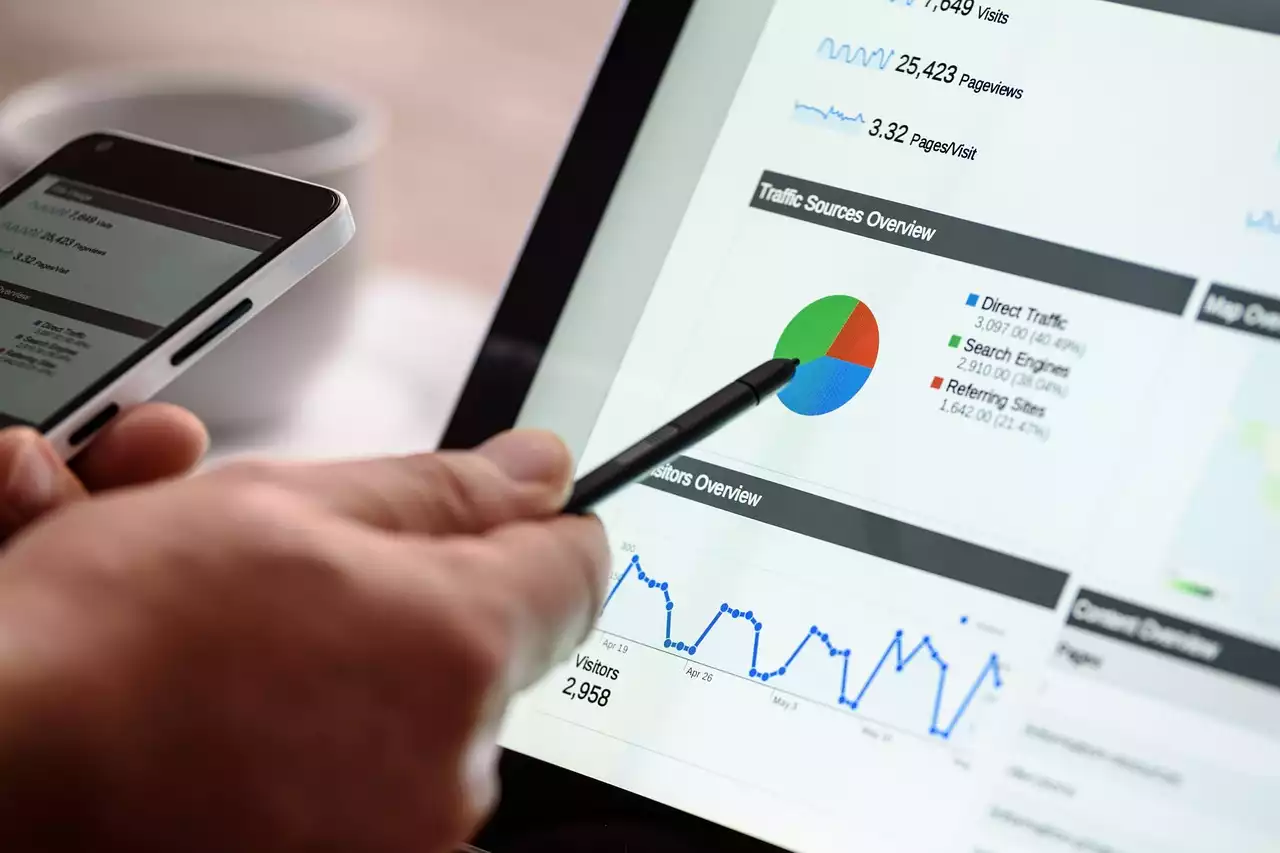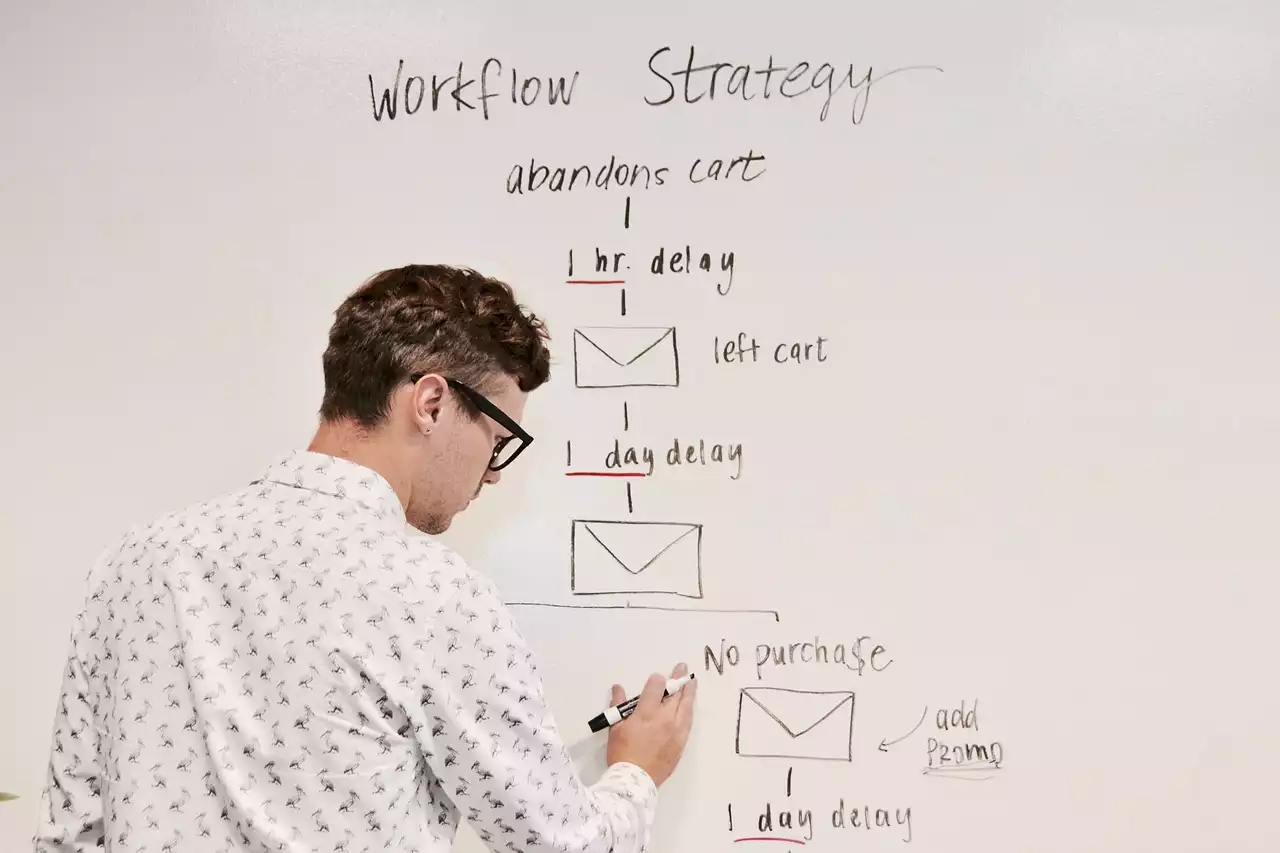How to measure email open rates
Before we dive into the strategies to improve email open rates, let's first understand what email open rates are and how they are measured. An email open rate is the percentage of people who opened your email out of the total number of emails that were delivered. It is calculated by dividing the number of opens by the number of emails delivered, multiplied by 100.
Email open rates can be measured using email marketing software such as Mailchimp or Constant Contact. These tools provide you with detailed analytics and insights on your email campaigns, including open rates, click-through rates, and conversion rates. By tracking your email open rates, you can determine the effectiveness of your email marketing campaigns and make necessary adjustments to improve your results.
Factors that affect email open rates
Several factors can affect your email open rates, including the quality of your email content, the timing of your emails, and the relevance of your emails to your target audience. If your email content is not engaging, your subscribers are less likely to open your emails. Similarly, if you send your emails at the wrong time, they may get lost in your subscriber's inbox, and if your emails are not relevant to your target audience, they may simply ignore them.
Other factors that affect email open rates include the subject line, sender name, and email address. A catchy subject line can grab your subscriber's attention and entice them to open your email, while a sender name and email address that are recognizable and trustworthy can increase the likelihood of your email being opened.
Now that we have a better understanding of email open rates and the factors that affect them, let's dive into the top 7 strategies to improve your email open rates.
Strategy 1: Optimize your subject lines
The subject line is the first thing your subscribers see when they receive your email. It is the deciding factor that determines whether your email gets opened or deleted. Therefore, it is essential to craft subject lines that are catchy, relevant, and personalized to your target audience.
To optimize your subject lines, start by keeping them short and to the point. Use action-oriented words that encourage your subscribers to take action, such as "Don't miss out" or "Limited time offer." Personalize your subject lines by using your subscriber's name or location, which can increase open rates by up to 26%.
Avoid using spam trigger words, such as "Free," "Act Now," or "Urgent," which can trigger spam filters and reduce your email deliverability. Instead, focus on creating subject lines that are clear, concise, and relevant to your audience's interests and needs.
Strategy 2: Personalize your emails
Personalization is key to building strong relationships with your subscribers and increasing your email open rates. By personalizing your emails, you show your subscribers that you understand their needs and interests, and you are willing to provide them with relevant and valuable content.
Personalization can be as simple as addressing your subscriber by their name in the email greeting or tailoring your email content to their preferences and behaviors. For example, if your subscriber has shown an interest in a particular product or service, you can send them personalized recommendations or promotions related to that product or service.
Personalization can also be used to create a sense of urgency and exclusivity, which can increase your email open rates. For example, you can send personalized emails with limited-time offers or exclusive discounts to your most loyal subscribers.
How to personalize your emails with variables using custom signup form fields
Strategy 3: Segment your email list
Segmenting your email list involves dividing your subscribers into smaller groups based on their interests, behaviors, or demographics. By segmenting your email list, you can send targeted and relevant emails to your subscribers, which can increase your email open rates and engagement.
Segmentation can be based on a variety of factors, such as age, gender, location, past purchase history, or email engagement. For example, you can send personalized emails to your subscribers based on their past purchase history or their engagement with your previous emails.
Segmentation can also be used to send emails at the right time. For example, if you have subscribers in different time zones, you can segment your email list and send emails at the optimal time for each group.
Strategy 4: Choose the right sender name and email address
The sender name and email address are crucial factors that can affect your email open rates. It is essential to choose a sender name and email address that are recognizable, trustworthy, and relevant to your brand.
Using a personal name as the sender name can increase your email open rates, as it creates a sense of personal connection with your subscribers. However, if you have a well-known brand, using your brand name as the sender name can increase brand recognition and trust.
Similarly, using a recognizable and trustworthy email address, such as [email protected], can increase your email open rates, as it indicates that your email is coming from a legitimate source.
Strategy 5: Test and refine your emails
Testing and refining your emails is essential to improving your email open rates and engagement. A/B testing involves sending two versions of your email to a small segment of your email list to determine which version performs better.
A/B testing can be used to test different subject lines, email content, sender names, or email formats. By testing your emails, you can determine what works and what doesn't, and make necessary adjustments to improve your results.
Strategy 6: Clean up your email list
Cleaning up your email list involves removing inactive or invalid email addresses from your list to improve your email deliverability and open rates. Inactive or invalid email addresses can affect your email reputation and increase your chances of getting flagged as spam.
Regularly cleaning up your email list can also improve your email engagement rates, as it ensures that your emails are being delivered to active and engaged subscribers who are more likely to open and engage with your emails.
Strategy 7: Use email automation
Email automation involves setting up automated email campaigns that are triggered by specific actions or behaviors of your subscribers. For example, you can set up automated welcome emails for new subscribers, abandoned cart emails for customers who leave items in their cart, or re-engagement emails for inactive subscribers.
Email automation can save you time and improve your email engagement rates by sending targeted and relevant emails to your subscribers at the right time.










